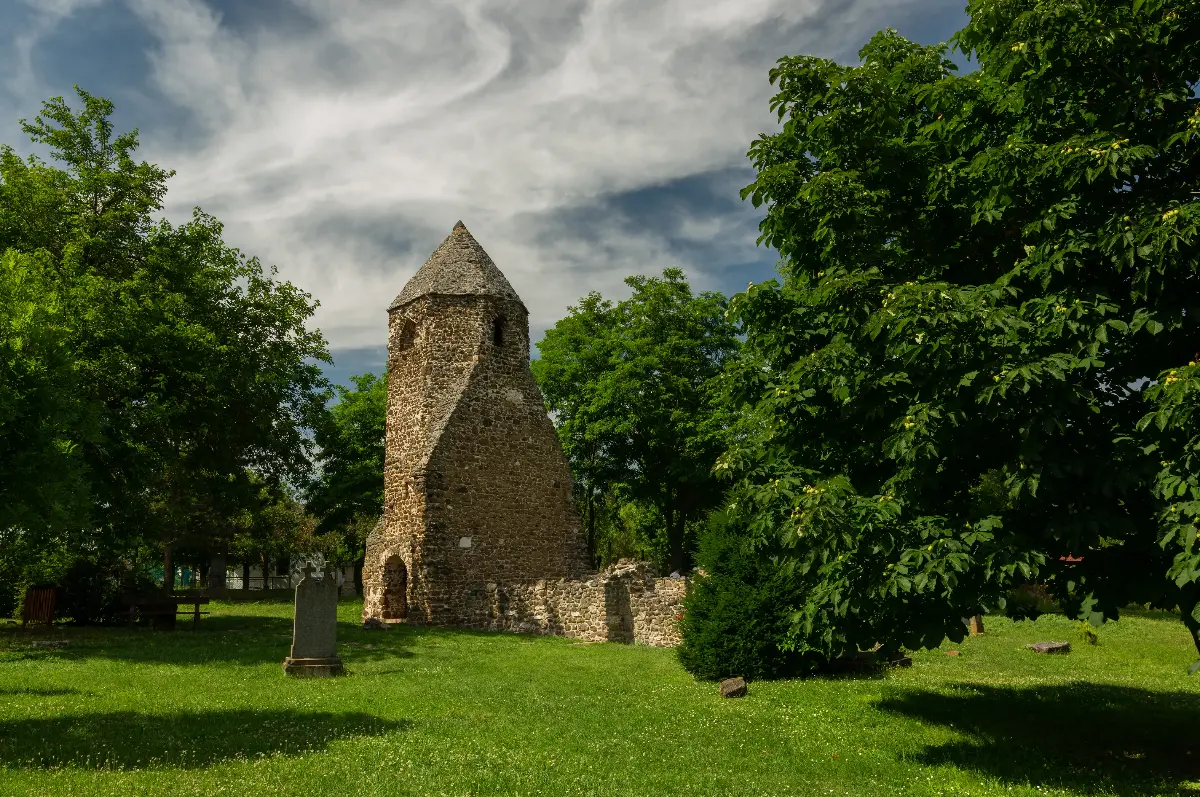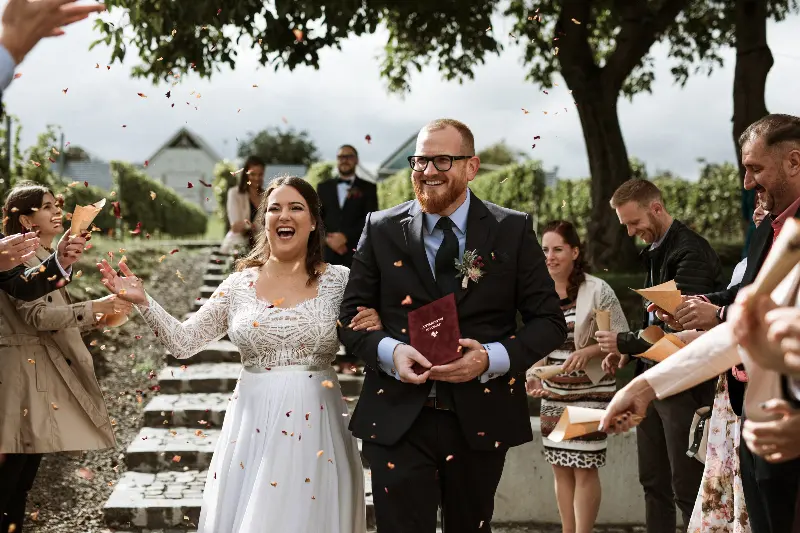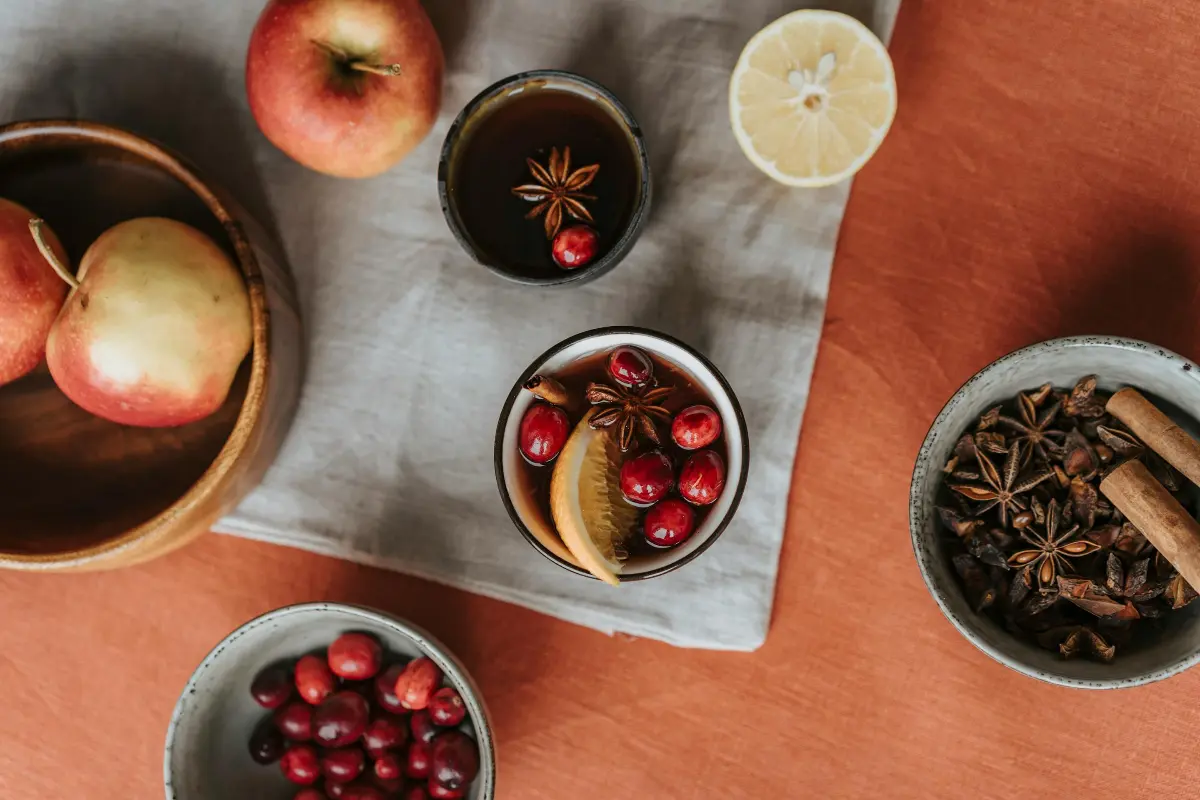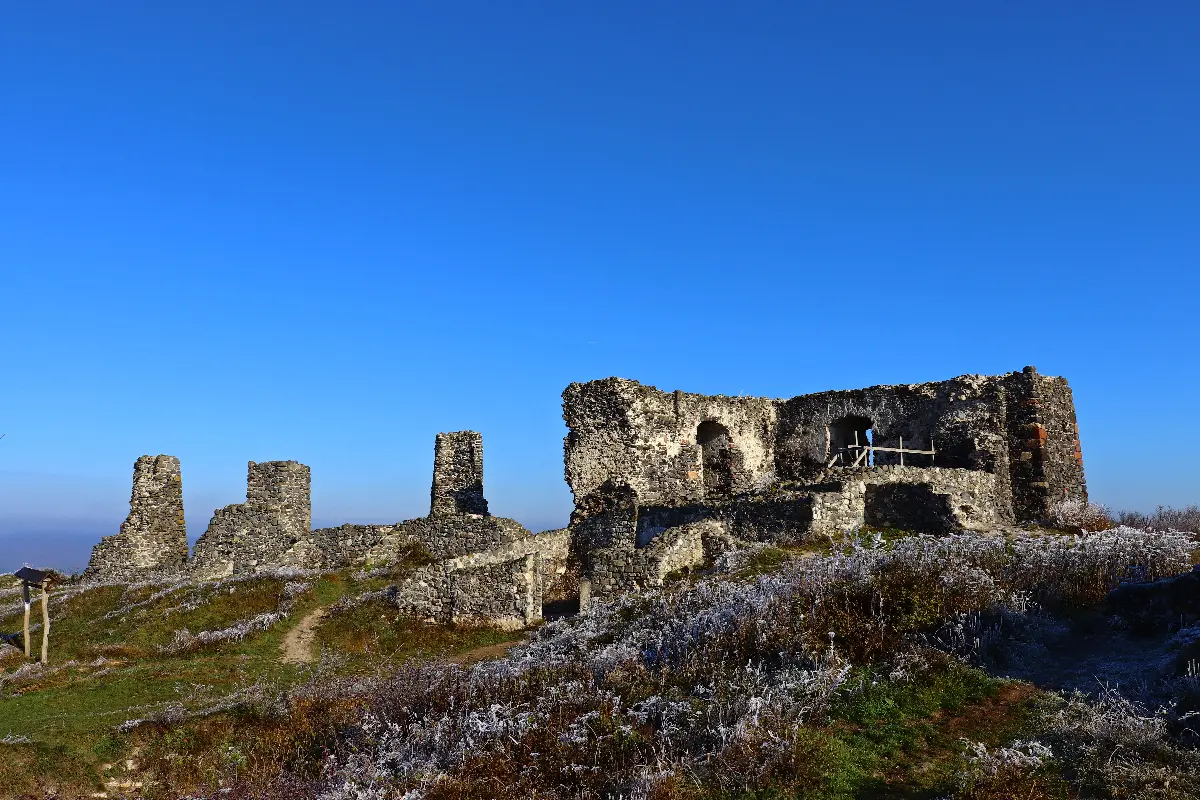
Helyszín címkék:
Ruins tour: castle and church ruins in the Balaton highlands
Hype&Hyper
Rezi Castle
If you are in Zala, Rezi Castle is definitely worth a detour. The history of the castle ruin on the northern shore of Lake Balaton goes back to the Árpád era - although it never played an important role militarily, it still witnessed many historical turns. It belonged to several noble families, the Pethő, Lackfi, and Festetics all owned it, until nature took it over. Measured by walking distance, the castle is located a little far from the village of Rezi on the Meleg hill at an altitude of 425 meters. In its palmy days, the castle that is slightly irregular according to its floor-plan, with an inner tower, was surrounded by nine high protecting walls. Today, although gap-toothed, only the former residential tower and the walls of the castle are standing – they function partly as a memory, and partly as a "reimagined" lookout, since the walls of the castle offer an overwhelming panorama of the Szántó basin, the cone of the Béke Stupa, and, in good weather, even to Sümeg Castle. To the southwest of the castle ruins the former fort is located, which nowadays serves as a forest rest area: it welcomes tired hikers with benches, tables and the possibility of barbecue.
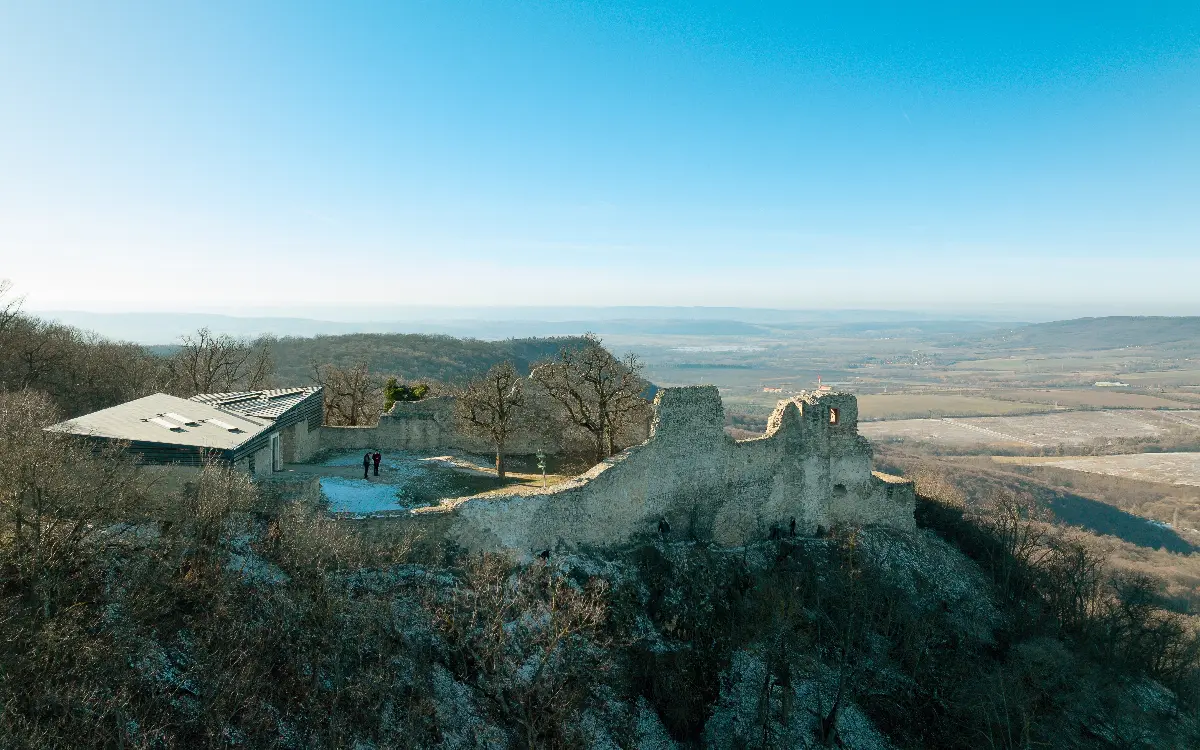
Csobánc Castle
Today it is a famous tourist destination, in the past a much more modest role was attributed to it: the Csobánc castle probably got its name from the mountain, which was inspired by shepherds grazing on the grassy roofs, i.e. Csobáns. The former castle is located on one of the monadnocks of the Tapolca Basin, on the Csobánc, which now bears the remains of the building as a crown. The castle ruins offer a view of Lake Balaton from the Keszthely Bay to Tihany, as well as the Káli Basin of unique atmosphere - so we can easily say that it offers one of the most impressive sights in the country. The tour to the castle is not something to be ashamed of either - the hiking trail of medium strength established on the vine-covered skirt of the monadnock touches many wineries. The route to the top leads both from Diszel and from Gyulakeszi, making it a particularly popular destination. It is worth arriving early.

Essegvár
The ruins of Essegvár can be found about a quarter of an hour's drive from Veszprém, on the border of Bánd. It is easy to get there, it is only a twenty-minute walk from the parking lot. Its story is extremely twisty. Its previous owners included the reeve of Bakony, as well as the Igmándi and Rozgonyi families. From time to time, it was owned by several families at the same time, until with the intervention of Pál Kinizsi, it came back into the hands of the Essegvári family. Contrary to those listed so far, the castle ruin is special not only because of its mystical history, but also because most of it is hidden under our feet. The castle ruins are shown on an archaeology trail consisting of six stations, where you can find out where the former castle kitchen could be, and also that in the Middle Ages, the castle hill was divided by a wide ditch, into a northern and a southern castle part. If you look up, you can see a magnificent view of Bakony and the nearby Calvary crosses.
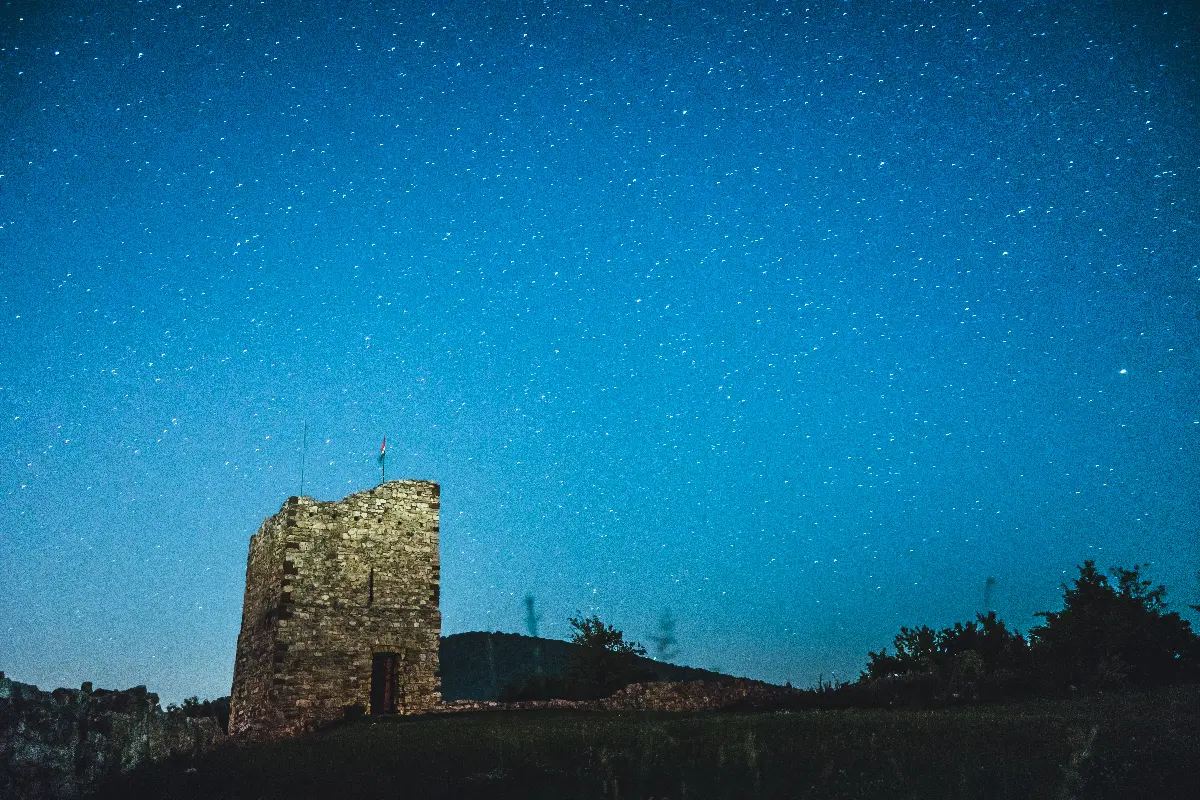
Church ruins in Ecsérpuszta
The church ruins in Ecsérpuszta have a tragic fate as much as they offer a romantic sight. The church was built in the 1200s in honour of Szent Kristóf. We can even see the traces of the frescoes made of the patron saint of travellers. Its stormy past can be dated back to Turkish times, but it completely fell into decay when the locals also carried away the building stones of the church. Due to its romantic natural environment, excavations could not be carried out here for a very long time, but in 1962 archaeologists established that it was already an inhabited area in prehistoric age. By today, a retaining wall and a few Romanesque-style arches remained from it, picturesquely surrounded by nature - so if it could not enjoy its splendour in its modern form, now it functions as a peaceful excursion destination. Although administratively it belongs to Kővágóőrs, this should not mislead anyone, as it is worth approaching from Révfülöp by going to Szigliget.
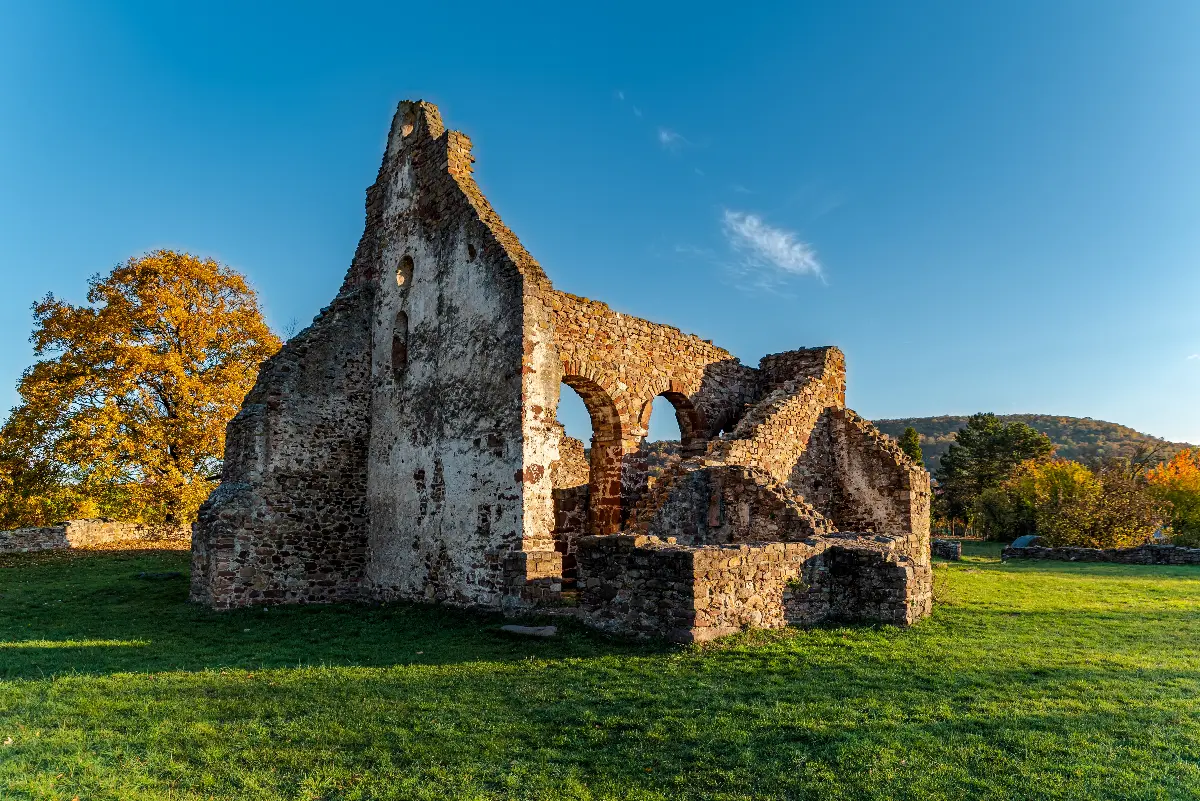
Ruins of the Avas church
If your journey really heads towards Szigliget, then it is worth visiting the ruins of the Avas church as well, this could even be a thematic tour. The Avas ruin, or as most people call it, the Truncated Tower, may have stood here already in the Roman times, as evidenced by its special, stones placed like fishbone. According to the excavations, a settlement called Réhely may have existed here at the place of Szigliget, but it is referred to as an abandoned village by the time of the Tatar invasion. This also reflects its historical diversity, the church began its "mutilation" roughly simultaneously with the Turkish times. You can hear several legendary stories about the Methuselah in Avas: the protagonist of one of its interesting stories is a stone goat full of gold coins, but there are also many myths about the bones found near the ruins. Whether you believe in the ominous legends or not, it is definitely worth experiencing the unique atmosphere of the church ruins for yourself.
